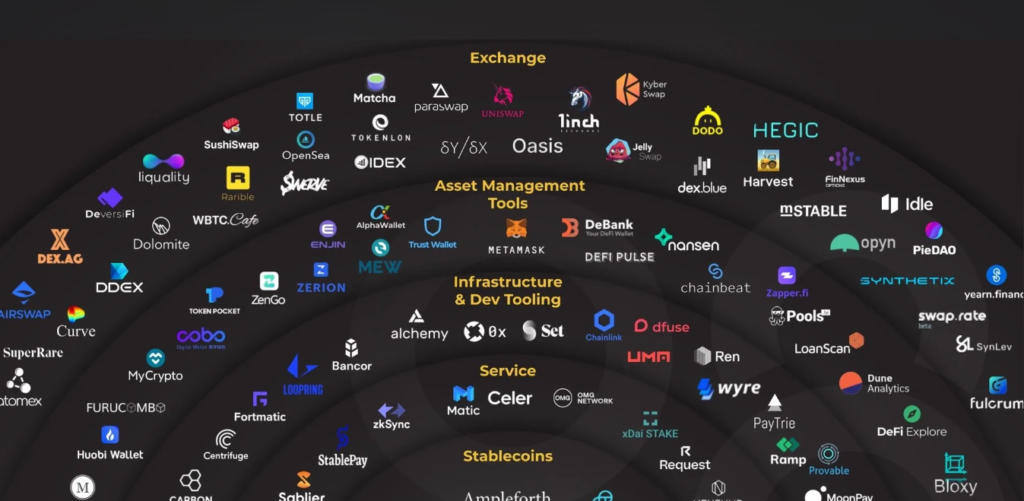Crypto Staking Explained: Benefits, Risks, and How to Start

The introduction of crypto staking also altered the financial sector and how people could engage in investments and accumulate passive income. In these opportunities, getting involved in crypto staking presents more interest since it is suitable for the new generation investors. For those interested in understanding how crypto staking works, or whether it’s a better investment method than other forms of investment, read on to be enlightened and in the future earn passive income from your crypto assets
1. What is Crypto Staking?
Detailed Description in Simple Words
Staking is a process where specific amount of money is deposited in the crypto wallet in order to support blockchain network operation. And in exchange for it, you receive back a certain reward or interest on the tokens that have been staked here. Imagine this like investing in an interest-bearing savings account except that the chances of adding more to the principal are more.

This will be a doubly useful tool if you already store tokens of ethereum, cardano, or other coins on the proof of stake network. As you will be able to earn additional income on your tokens without investing anything extra. There are a lot of platforms that offer without extra effort and special knowledge to stake your tokens. Read our selection of the best platforms for staking and choose the best option.
How Cryptocurrency Staking Works
Crypto staking encompasses holding and using in the proof of stake (PoS) system. Validators that participate in PoS are selected to generate new blocks and approve transactions based on the quantity of coins they have and the number which they are willing to “deposit” as surety. This is distinct from proof of work (PoW) whereby miners compete to provide solutions to complex mathematical puzzles that are required in the validation and synchronization of transactions..
Example of Ethereum Staking
Ethereum 2. 0, known as ETH 2. 0, has implemented the PoS mechanism. ETH holders can also stake their Ether to receive staking rewards. Here’s a simple breakdown of the potential profitability: Here’s a simple breakdown of the potential profitability:
- Weekly Profitability: If you decide to stake 32 ETH, which is the minimum you need to lock in to participate in ETH 2. 005 ETH per week, and this rate may vary depending on the market situation.
- Monthly Profitability: This is approximately 0. 02 ETH per month.
- Yearly Profitability: From the above calculation, it is evident that within a year, one could earn approximately 0. 25 ETH.
However, it is crucial to understand that the actual income will depend on the staking pool’s performance, the current state of the network, and the amount of the staking.
2. Understanding Staking Rewards
Where Does Liquidity Come From?
Staking rewards are obtained from the commissions and generated coins inside the blockchain system. When you stake your tokens, you contribute to the network’s security and functionality, and for this, you are rewarded with the portion of the rewards produced by the network.
How Staking is Better Than PoW
- Energy Efficiency: Compared to PoW, PoS is less demanding and consumes less computational power and energy, which makes it more favorable in terms of sustainability.
- Accessibility: Staking is more achievable by the general public as it does not involve the use of costly hardware.
- Predictable Rewards: Staking is more stable and has a more consistent return, as compared to the unpredictability of PoW mining.
3. What is Slashing?
Staked tokens act as security deposits that guarantee the validators perform their duties as required. If a validator behaves maliciously, a part of the total stake is slashed and this is proportionate to the number of tokens delegated to the particular validator.
For instance, in the UX blockchain, the most severe violation of the rules committed by a validator leads to a 5% decrease in the total amount of their stake. Therefore, if such misconduct is perpetrated, the delegates will forfeit 5% of the tokens that they deposited with the validator.
Slashing is very rare because validators have a financial incentive to perform their duties correctly.
4. Popular Tokens for Crypto Staking
There are many tokens and networks that are popular for staking and each has its own features and advantages. Some of the popular tokens include Ethereum, Cardano, and Polkadot tokens that offer the possibility of getting a reward for staking. These networks provide different degrees of security, return rates, and community support, so investors should study the differences and select the most suitable one for their investment. Here are a few:

Ethereum (ETH)
- Network: Ethereum 2.0
- Minimum Stake: To participate, you need a minimum of 32 ETH, which is the required amount to engage in the staking process and start earning rewards. But this only applies to direct (independent) participation. With the help of platforms, you can also start with 0.025 ETH.
- Key Features: High adoption rate, robust ecosystem, and substantial rewards. There is no more reliable eth network at the moment in my opinion, it has proven its resilience through time and continuous development. A lot of projects are built on this network, such as L2 solutions Optimism or Arbitrum
Cardano (ADA)
- Network: Cardano
- Minimum Stake: No minimum stake required
- Key Features: A significant emphasis is placed on security, scalability, and sustainability of the developed solutions. Ouroboros, which is Cardano’s proof of stake mechanism, is acknowledged to be one of the most safe and efficient at the same time.
Polkadot (DOT)
- Network: Polkadot
- Minimum Stake: About 1 DOT
- Key Features: These are some of the key characteristics of the proposed system: Interoperability, scalability, and innovative governance model. DOT’s price rose at the end of last year because of the parachain auctions and then fell with other projects. Right now, it is a negative position in my portfolio. Still, I keep the tokens because I still think that the project has a future. I believe that the ecosystem will continue to grow, and the idea of locking DOTs for parachain slot leases will later fuel the token’s price appreciation.
Tezos (XTZ)
- Network: Tezos
- Minimum Stake: No official minimum, but recommended to have at least 1 XTZ
- Key Features: Self-amendment and on-chain governance.
5. Crypto Staking vs. Other Investment Methods
When it comes to investing in cryptocurrencies, you have several options. Here’s a comparison:
Staking
- Pros: Earn passive income, contribute to network security, potential for high returns.
- Cons: Requires a long-term commitment, slashing risk. With a competent approach can be a great tool for additional passive income.
Trading
- Pros: Potential for quick profits, highly liquid.
- Cons: Trading futures is high-risk and demands substantial time and market expertise. Many individuals lose their deposits attempting to profit from minor market movements. Exchanges offer leverage up to x100, which can swiftly liquidate positions if the market moves unfavorably. The crypto market is notably volatile, and the influence of market makers is often underestimated or, worse, completely overlooked by many.
Holding/Storage
- Pros: This strategy is straightforward and requires no active management. Success hinges on recognizing the correct entry zones, also known as accumulation zones. Typically, most individuals hesitate to buy tokens at their lowest prices due to fear and emotional constraints.
- Cons: There is no passive income, and success depends on market price appreciation. To profit from coin holding, you must understand tokenomics and maintain emotional stability. A common mistake is selling a coin at the first small gain, which can lead to significant lost potential profit.
6. How to Get Started with Crypto Staking

If you’re ready to start crypto staking, follow these steps:
- Choose a Staking Platform: Choose a reliable platform that accepts the token you want to stake. Some of the most common ones are Binance, Coinbase, and Kraken.
- Buy the Tokens: You can obtain the tokens you wish to stake from a reliable exchange. To discover a token with the potential to grow by 1000% or more, read the article.
- Transfer to a Wallet: Transfer your tokens to a wallet that supports staking. Some platforms have integrated wallets as a part of the user interface to make the process easier.
- Join a Staking Pool: If you do not have many tokens to stake on your own, you can join a staking pool where your tokens are combined with those of other stakers to increase your chances of earning a reward.
- Start Staking: Follow the platform’s instructions to start staking your tokens and begin earning rewards.
Conclusion
Investing in cryptocurrencies provides novice investors with a chance to earn passive income by supporting blockchain networks. However, it is crucial to fully understand the fundamental tokenomics of these projects before diving in. Many people eventually lose their deposits—that’s a statistical reality. Now that you’re aware, you can approach it correctly.
As with any investment, thorough research and risk assessment are essential. To gain a deeper understanding of staking, consider exploring topics such as What is Liquid Staking and Algorand Staking for Investors.




